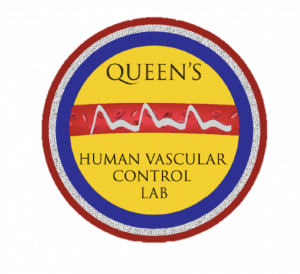Principal Investigator: Dr. Michael Tschakovsky
Our tolerance for physical activity plays an important role in our quality of life, and depends in part on how well our muscle’s demand for oxygen is met. This requires that the cardiovascular system constantly adjusts blood flow to active muscles while maintaining arterial blood pressure. Accomplishing these goals requires integrated control of cardiac output with vasodilation and vasoconstriction of both exercising skeletal muscle and other vascular beds.
Basic Science Research in our laboratory is aimed at finding answers to the fundamental questions:
- How is matching oxygen delivery to demand in the exercising muscle achieved?
- Are there important differences between individuals in the mechanisms involved in this matching and in their effectiveness?
- Can these mechanisms be improved by exercise training, and if so, does the type of exercise training matter?
An additional initiative that has begun in collaboration with colleagues in the Centre for Neuroscience Studies here at Queen’s University is aimed at understanding the mechanisms by which different types of exercise improve brain plasticity in older adults, and how exercise and cognitive training can best be combined to improve cognitive function, brain structure and cerebrovascular health.

 School of Kinesiology and Health Studies
School of Kinesiology and Health Studies